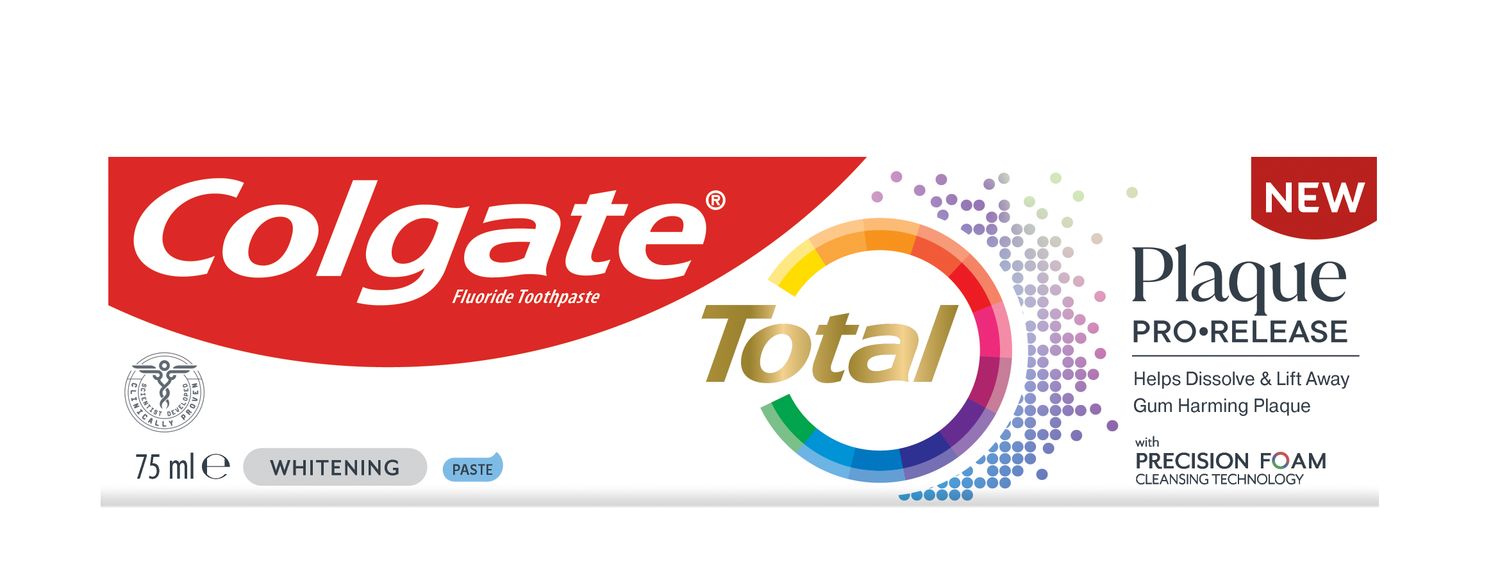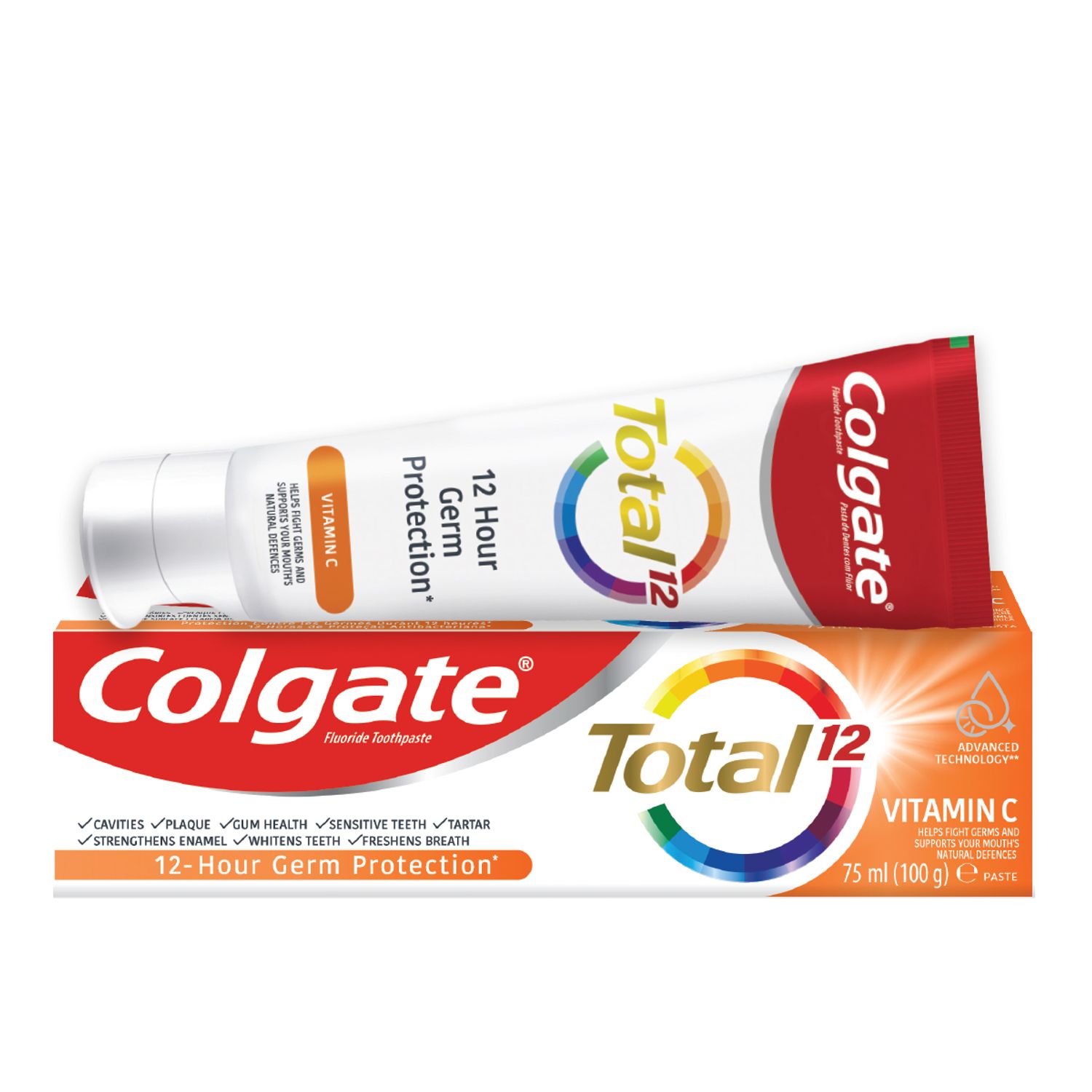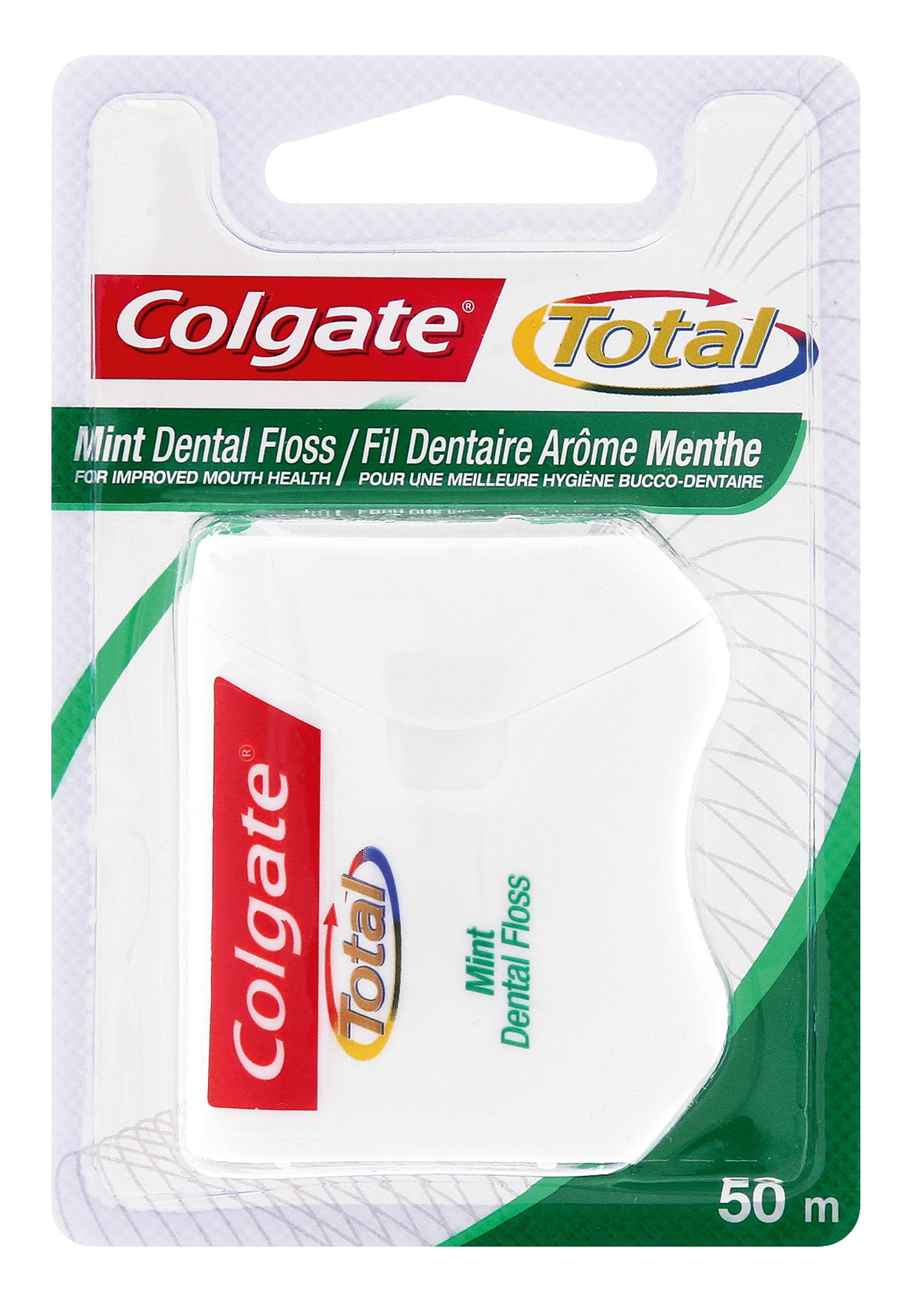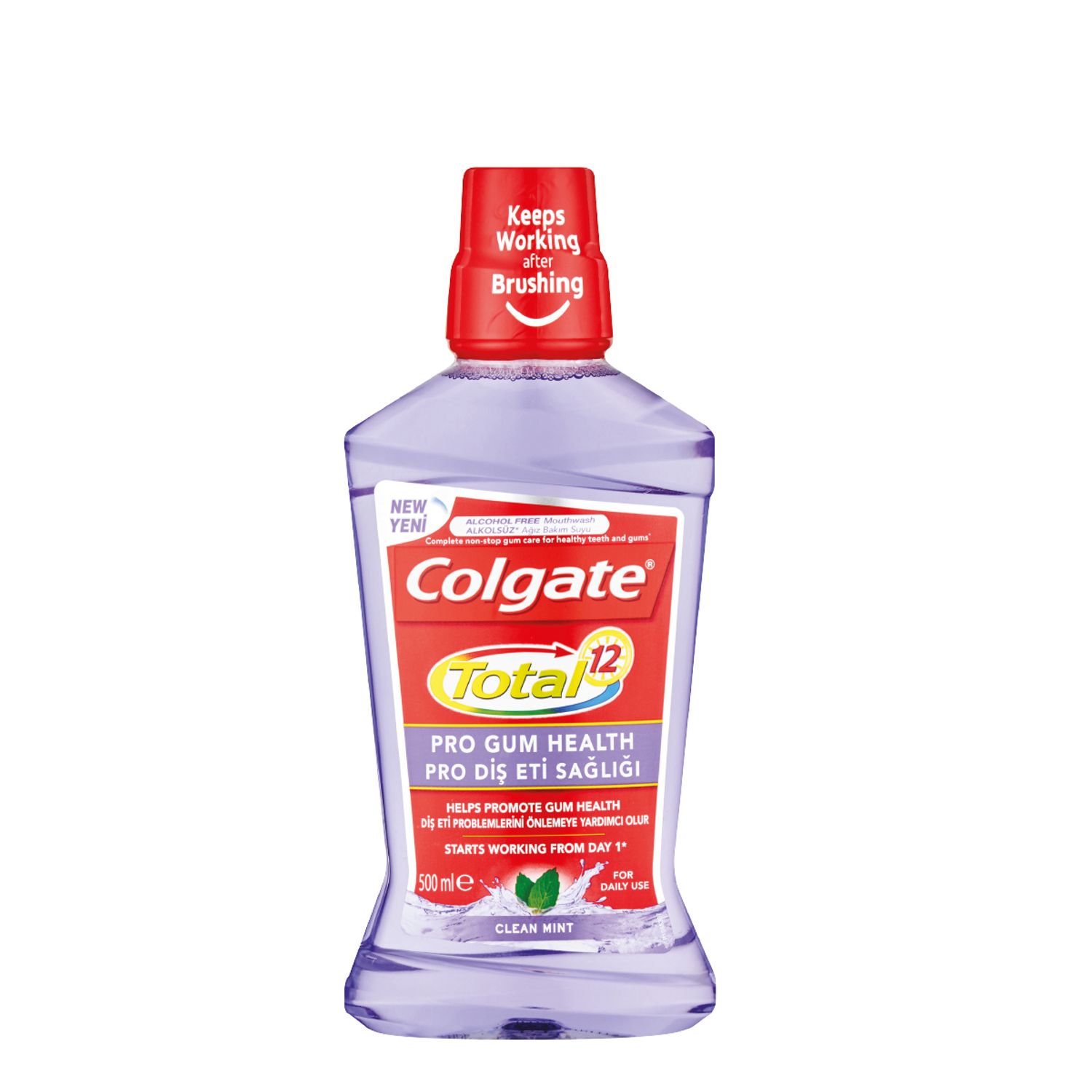-
-

CAVITIES
Can You Heal A Cavity At Home?You feel a sharp pain when you bite down or try to eat. You think it's a cavity, but you're not 100 percent sure...

BAD BREATH
How To Cure Bad BreathMore commonly known as bad breath, halitosis is an embarrassing hygiene issue that nobody wants, but some of us get every now and then...
-
Science & Innovation
- Colgate® | Toothpaste, Toothbrushes & Oral Care Resources
- Oral Health
- Common Warning Signs of Gingivitis


Gingivitis, the first stage of gum disease, has several warning signs. By learning the common symptoms, you can treat the condition right away to prevent it from causing harm to your teeth and gums.
According to the South African Dental Association (SADA), common warning signs of gingivitis include:
- Inflammation of the gums: Gums are red, swollen and sensitive to the touch. Gums take on these properties because the toxins released by plaque irritate the gum tissue. The toxins build up on the gumline and are a leading cause of gingivitis.
- Teeth appear longer: Many people experience gumline recession when they have gingivitis. Recessed gums reveal more of the teeth than healthy gums. Thus, teeth appear longer than they did before development of gum disease.
- A Pocket between the tooth and gum: A pocket or area can develop between the tooth and gum. There may be more than one pocket in the mouth. If food particles fall into the pocket, germs can grow, the gum tissue may become irritated, and if left untreated, an infection may develop.
- Bad breath: Chronic foul breath is a warning sign of gingivitis. Bad breath is often a symptom of poor dental care. Foul breath may go together with an unpleasant taste in the mouth.
- Pus between the tooth and gum: Gum disease is likely if a thick, yellow fluid develops in the pocket between the tooth and gum. The fluid or pus may swell and be painful if pressure builds between the tooth and gum. An infection in the pocket between the tooth and gum is what causes pus to develop. In this situation, the infection could be a periodontal abscess or gum abscess.
Many sufferers of gingivitis experience one or all of the abovementioned symptoms. If you think you may have gum disease, see your dentist for a dental evaluation.
At the dentist's office, the dental professional can diagnose you properly. If you have gingivitis, your dentist or dental hygienist can recommend products to alleviate the condition and provide directions for how to use the items. The professional will also answer any additional questions you have.
Related Products

Helping dental professionals
More professionals across the world trust Colgate. Find resources, products, and information to give your patients a healthier future











